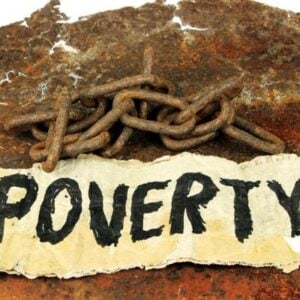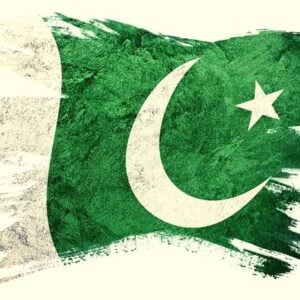Iran faces a deepening economic crisis as recent data reveals that more than 80% of its households earn less than the global poverty threshold. This alarming development comes amid soaring inflation, a swift currency devaluation, and sluggish economic growth, raising grave concerns about the wellbeing of ordinary Iranians.
Key Takeaways
- Over 80% of Iranian households are estimated to be below the global poverty line.
- Inflation, a weak currency, and low wage growth are driving the crisis.
- Even high-ranking professional salaries fall short of meeting international poverty benchmarks.
- The economy shrank by 2.5% in early 2024, and future growth projections remain modest.
Economy and Household Incomes Under Pressure
At the heart of the crisis is a stark mismatch between household incomes and the World Bank’s global poverty benchmark. For a typical three-person family in Iran, a monthly income of $520 to $650 is required to avoid poverty. However, the average minimum wage for a married worker, even after including all benefits, is less than $150.
A look at higher-paid professions further underscores the gravity: even bank managers and department heads often earn well below the poverty line. This suggests that financial hardship isn’t confined to the country’s most vulnerable but affects wide strata of the population.
Official Poverty Rates Are Rising, But Critics Say They’re Understated
While the Iranian parliament’s Research Center previously placed the poverty rate at 30.1% in 2023, widespread skepticism remains about the accuracy of these numbers. Many economic analysts argue that, given recent sharp currency depreciation and stagnant wages, over 40% of Iranians now fall below the poverty line—a figure much higher than official claims.
Factors Behind The Escalating Crisis
Several economic challenges are driving Iran’s escalating poverty:
- Sustained High Inflation: Anticipated to stay above 40% in the coming year, inflation is eroding purchasing power and shrinking real incomes across the board.
- Currency Devaluation: The rial’s decline against foreign currencies has pushed up living costs and undermined wage gains.
- Weak Economic Growth: After years of reported growth, the economy contracted by 2.5% in the spring of 2024, mainly because of industrial setbacks, reduced oil exports, and restrictive fiscal policies.
- Unrealized Growth Targets: With government ambitions of 8% annual growth, projections for 2024 and 2025 stand at only 2.5% and 2.8%, respectively.
Table: Economic Indicators in Iran
| Indicator | 2023 | 2024 (est.) | 2025 (proj.) |
|---|---|---|---|
| Official poverty rate | 30.1% | >40% | N/A |
| Inflation rate | >40% | >40% | N/A |
| GDP growth | -2.5% | 2.5% | 2.8% |
| Target GDP growth (government) | N/A | 8% | 8% |
Outlook: Uncertainty And Anxiety For Iranian Families
Upcoming talks about revising the minimum wage have sparked anxiety among workers and activists. Forecasts suggest a planned wage increase of around 30%, which is unlikely to keep pace with inflation and cost-of-living pressures.
With purchasing power eroding and economic reforms failing to lift the majority above the poverty line, the immediate prospect for Iranian households remains uncertain and difficult.







